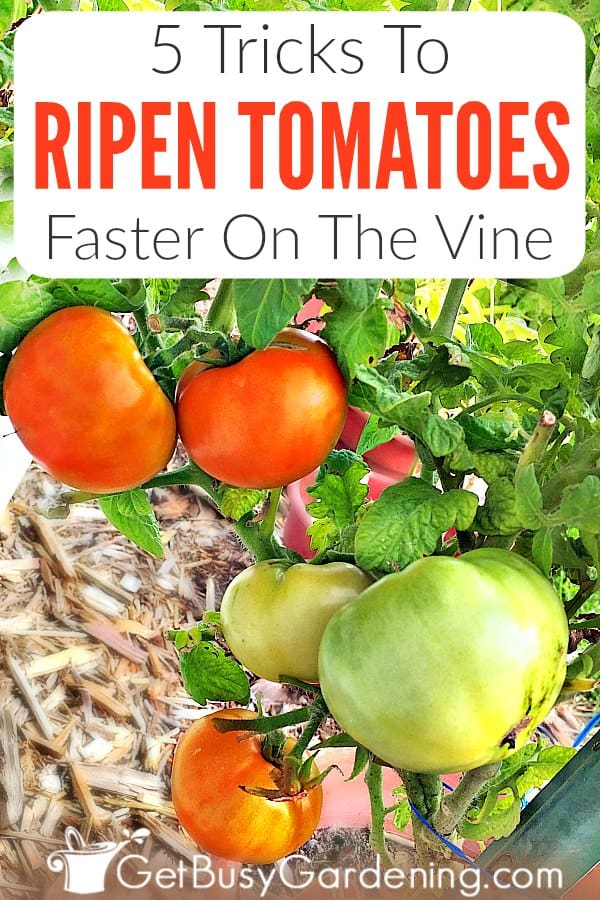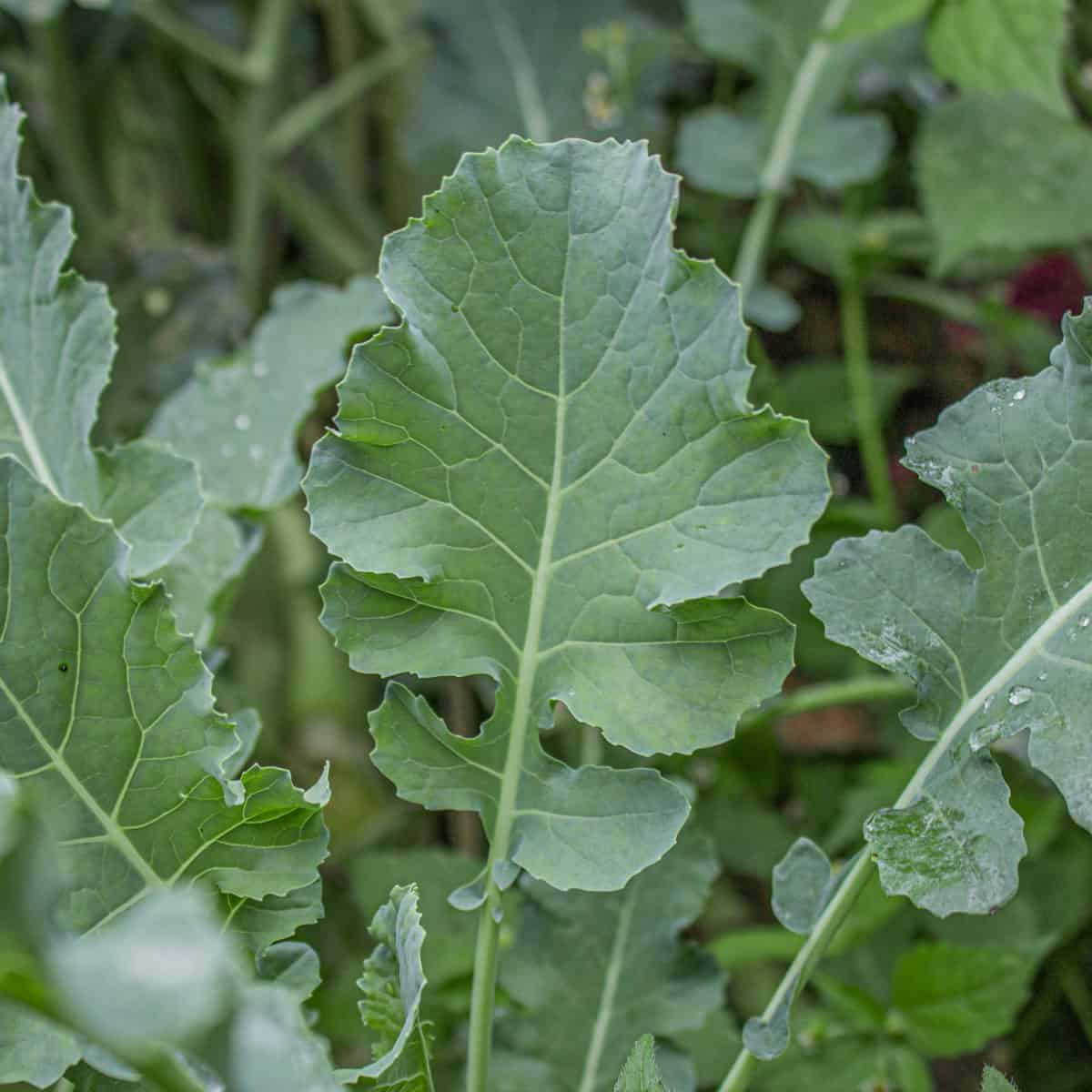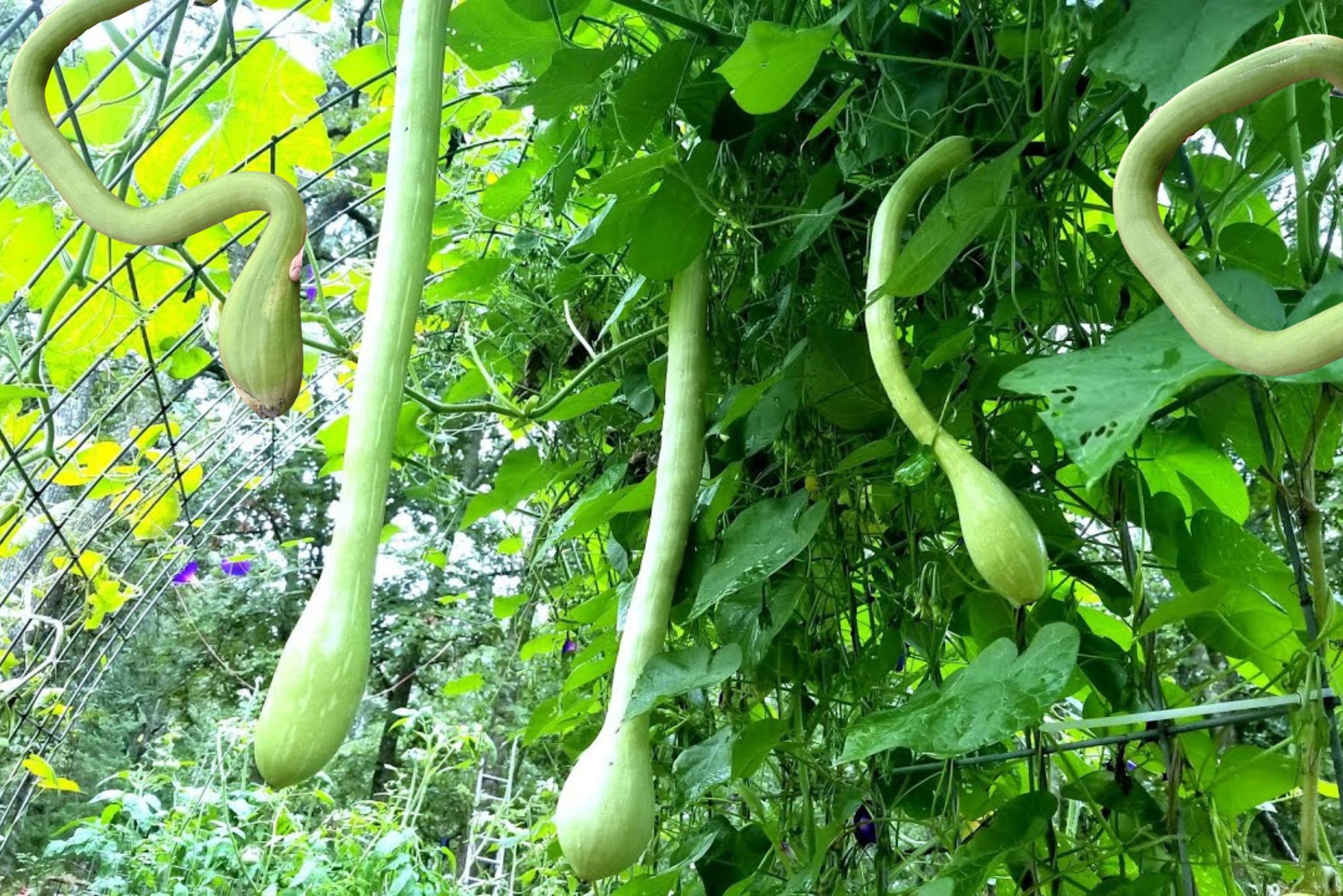Tomatoes are the jewels of the garden, with their deep red hues and juicy flavor. However, if you find yourself asking, “Tomatoes Not Turning Red? 4 Reasons Why and What To Do,” you’re not alone. Many gardeners face this challenge. Luckily, understanding the causes and solutions can lead to a bountiful harvest of ripe, red tomatoes.
Why Are My Tomatoes Not Turning Red?
Several factors can prevent tomatoes from turning red, but the most common culprit is temperature. Tomatoes need an ideal range of 68°F to 77°F to ripen properly. When temperatures soar above 85°F, the ripening process slows down or even halts, as the heat impedes the production of lycopene, the pigment responsible for the tomato’s red color.
Another reason might be the variety of tomato you are growing. Some heirloom and larger varieties naturally take longer to ripen. It’s also possible that your tomatoes are receiving too much nitrogen, which can encourage leafy growth at the expense of fruit.
Finally, overcrowding on the vine can be an issue. If a tomato plant bears too much fruit, the plant might not be able to support the ripening of all its tomatoes. This is where proper pruning and support structures can play a decisive role in the ripening process.
What Causes Tomatoes To Ripen Slowly?
Slow ripening can be attributed to a few key factors, including the air temperature and humidity levels. When nights are too cold or days are excessively hot, ripening will slow down considerably. Additionally, if tomatoes are shaded by too many leaves or neighboring plants, the lack of sunlight can delay ripening.
High nitrogen levels in the soil can also contribute to slow ripening. While nitrogen is essential for leaf and stem growth, an excess can shift the plant’s focus away from fruit production. Lastly, some tomato varieties are genetically predisposed to ripen more slowly than others, so selecting the right variety for your climate and growing conditions is paramount.
How To Help Your Tomatoes Turn Red?
To coax your green tomatoes to ripen, start by harvesting them at the “breaker” stage, when they begin to show a hint of color. Bring them indoors to a controlled environment away from direct sunlight, where they can ripen without the stress of extreme temperatures.
- Reduce watering to stress the plant slightly, as this can trigger ripening.
- Ensure good air circulation around each tomato.
- Consider using ethylene gas producers, like bananas or apples, to encourage ripening.
If temperatures are consistently high, provide some afternoon shade to prevent heat stress. And remember, patience is key. Tomatoes will ripen in their own time, especially if they are well-cared for.
What Are The Common Mistakes When Growing Tomatoes?
Novice and experienced gardeners alike can make mistakes that affect tomato ripening. Over-fertilizing with nitrogen-heavy products is a frequent misstep that leads to lush plants with few fruits. Another is inadequate support; without proper staking or caging, tomato plants may collapse under their own weight, leading to poor air circulation and disease.
Ignoring pests and diseases can also lead to a disappointing harvest. Regular checks for common issues such as blight or tomato hornworms are essential. Inconsistent watering – either too much or too little – can stress plants, and stressed plants won’t put energy into ripening fruit.
Finally, failing to prune or overcrowding your plants can result in a lack of sunlight reaching the fruit, which is essential for ripening. Avoid these mistakes to give your tomatoes the best chance to ripen successfully.
When Do Tomatoes Typically Ripen?
Tomatoes usually begin to ripen 20 to 30 days after the plant goes into full bloom and sets fruit. Depending on the variety and growing conditions, most tomatoes will reach maturity in 60 to 85 days after planting. Keeping track of your specific varieties and their respective ripening times can help you gauge when to expect ripe tomatoes.
It’s important to note that the ripening process is not just about the color change. Tomatoes also develop their flavor and nutritional content during this time. If you pick them too early, they may never reach their full potential in terms of taste and health benefits.
How To Properly Prune Tomato Plants For Ripening?
Pruning is essential in directing a plant’s energy towards the ripening of existing fruit instead of producing more foliage. Start by removing any leaves that shade tomatoes from the sun. Focus on the lower leaves, especially those touching the ground, to improve air circulation and reduce disease risk.
When pruning, always use clean, sharp tools to make clean cuts. Remove suckers, the small shoots that appear in the joints of branches, to prevent the plant from becoming bushy and to improve air flow and sun exposure to the fruit.
However, be cautious not to over-prune, as leaves are also necessary for photosynthesis and protecting the fruit from sunscald. Aim for a balance that promotes healthy fruit without leaving the tomatoes too exposed.
What To Do With Green Tomatoes After Harvest?
If the growing season is ending and you still have green tomatoes, there are ways to ripen them off the vine. Pick any tomatoes that are mature-sized and have a whitish-green color. Place them in a dark, moderately warm space and check them regularly. To speed up the process, you can place them with ethylene-producing fruits like bananas.
For those that don’t ripen, green tomatoes can be enjoyed in a variety of dishes, from fried green tomatoes to chutneys and pickles. They offer a tangy flavor profile that many find delicious and a reminder of the gardening season.
Further Insights on Tomato Ripening
Understanding the science of tomato ripening can significantly impact your harvest. Temperature, sunlight, and ethylene gas play pivotal roles in this process. Ethylene gas is a natural plant hormone that triggers the ripening process, and it’s produced within the tomato as it matures. That’s why keeping tomatoes together can help them ripen, as they’re exposed to more ethylene.
Lycopene, the bright red carotene pigment found in tomatoes, is not only responsible for their color but also offers health benefits such as antioxidants. This pigment develops best in moderate temperatures and can be inhibited by too much direct sunlight or heat.
Watch this informative video for more tips on how to encourage your tomatoes to ripen and turn that vibrant red we all love.
Questions Related to Tomato Ripening Challenges
Why aren’t my tomatoes turning red?
Your tomatoes may not be turning red due to unfavorable temperatures, excessive nitrogen in the soil, or the natural ripening schedule of the variety you’ve planted. Ensure they have enough sunlight, heat, and are not getting too much fertilizer high in nitrogen.
It’s also possible they’re simply not ready. Tomatoes can take a while to ripen, especially if they’re a larger variety or if the plants are overburdened with fruit. Proper pruning and patience can go a long way.
What causes tomatoes to turn red?
Tomatoes turn red due to the presence of lycopene, which is produced as the fruit ripens. This process is triggered by the right balance of temperature, sunlight, and ethylene gas. Ensuring your tomato plants are well taken care of will lead to red, ripe tomatoes.
Remember that the ripening process is a natural one, and while you can encourage it, it’s also about letting nature take its course under the right conditions.
How long does it take for tomatoes to turn red?
The time it takes for tomatoes to turn red can vary widely. Generally, after setting fruit, tomatoes can take anywhere from 20 to 30 days to start showing red color. Full ripening can take 60 to 85 days from the time of planting, depending on the variety and conditions.
Maintaining the ideal conditions for ripening, such as moderate temperatures and reducing stress on the plant, will ensure that your tomatoes ripen as they should.
When do tomatoes ripen and turn red?
Tomatoes typically begin to ripen after they’ve reached their full size and the seeds have fully developed. The ideal temperatures for ripening are between 68°F and 77°F, and this usually occurs in the late summer into early fall for most regions.
However, ripening can occur outside of these times under the right conditions or with indoor ripening techniques.
What to do if your tomatoes are not turning red?
If your tomatoes are stubbornly staying green, try bringing them indoors to ripen away from the extremes of outdoor weather. Keep them at a consistent temperature in the ideal range and use ethylene gas-producing fruits to encourage ripening.
Adjust your fertilizing habits, ensure proper pruning, and provide adequate support to your tomato plants. Sometimes, green tomatoes can be a result of simple factors that are within your control to change.
Growing tomatoes can be a rewarding experience when you understand the intricacies of the ripening process. By avoiding common mistakes and providing your plants with the care they need, you can look forward to a harvest of bright red, delicious tomatoes.





